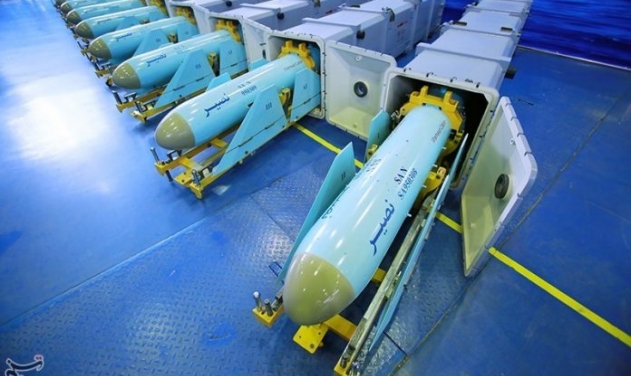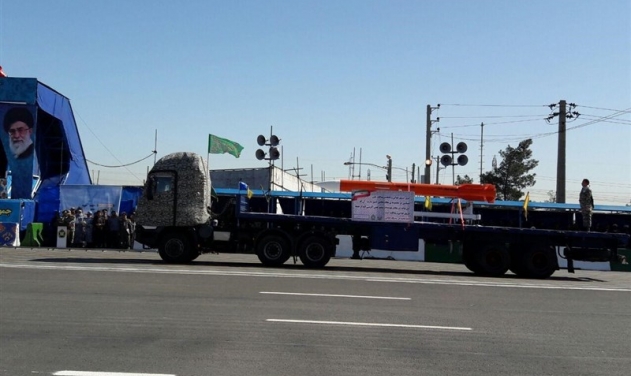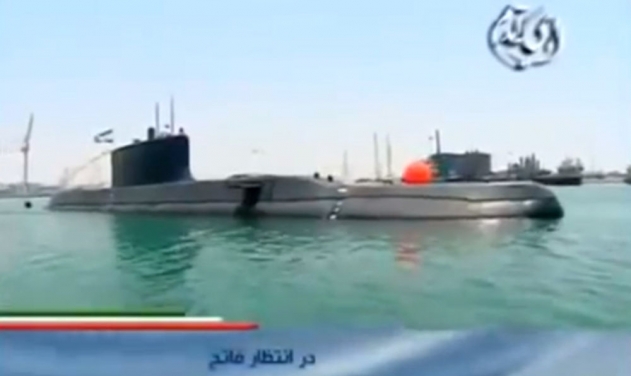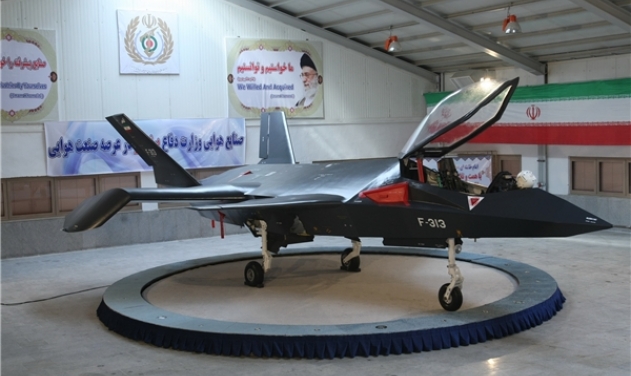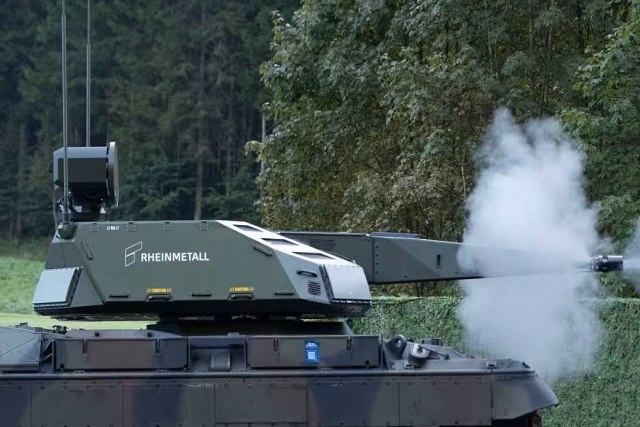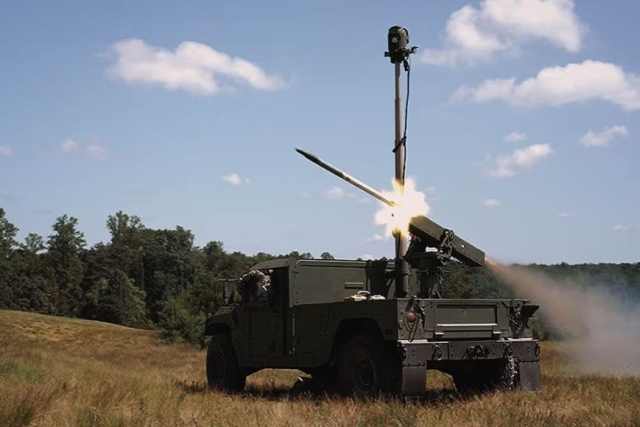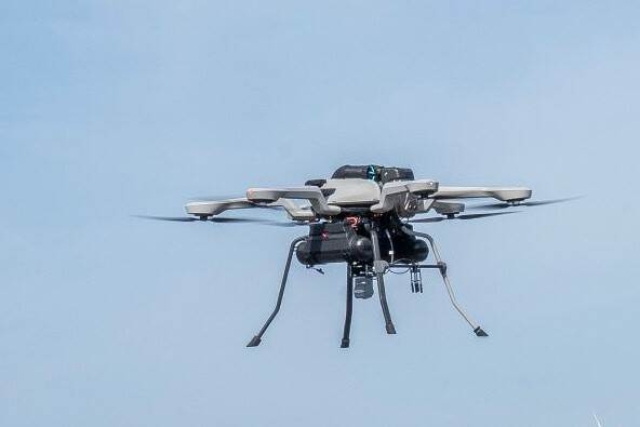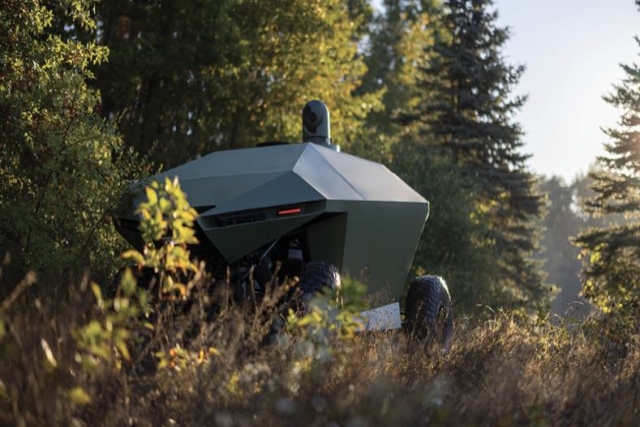Iran Likely To Buy Russian Orion-20 Amphibious Vehicles
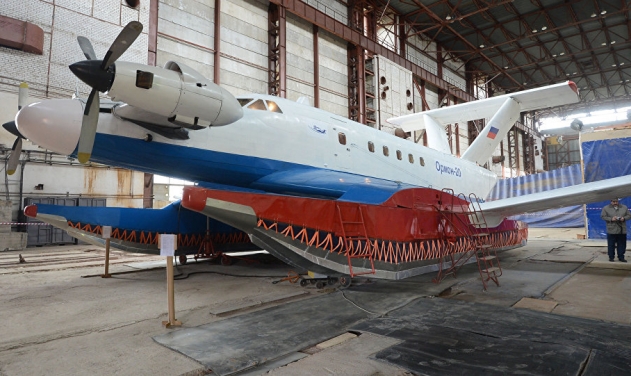
Iran is keen to buy Russia's upgraded Orion-20 amphibious vehicles that can land and take off on water and ice, using the lift generated by the ground effect of its large wings when close to the surface of the water.
The Orion-20 has maximum speed of 180 km/h and can haul one ton of cargo, plus 12 passengers.
"In 2011 we signed a contract with Iran’s Bonyan Danesh Shargh Соmpany for the delivery of a number of Orion-12 ekranoplanes," Yuri Varakosov, Russia’s chief designer of ekranoplans, was quoted as saying by Sputnik Sunday.
Three such aircraft have already been supplied and we are now in talks for the supply of our experimental Orion-20s, Varakosov added.
The international sanctions which were imposed on Iran have also been a factor in the delayed supply of the initial batch of Orion-12 amphibious planes to Iran.
With most of the sanctions now lifted, Russia can resume delivering the planes and may also think about producing them jointly with Russia's Iranian partners.
“We also had to adapt our planes to Iran’s hot and humid climate and also to its rocky coastal areas, which necessitated certain changes to the planes’ original construction,” he said.
“We are ready to discuss it as part of a joint venture we are going to establish with our Iranian partners,” Yuri Varakosov said.
Ground effect planes, or ekranoplans, were developed by the Soviet Union in the 1960s as high-speed military transport vehicles. They were used mostly on the shores of the Caspian Sea and Black Sea.
Developed in the mid-1960s, the 100-meter-long Caspian Sea Monster weighed an impressive 544 tons.
The vehicle could lift heavier loads off the ground than any other plane at the time. The Caspian Sea Monster's successors, including the Lun (Hen Harrier) and the Orlyonok (Eaglet), were much smaller and lighter and were used both for military and civilian purposes.
